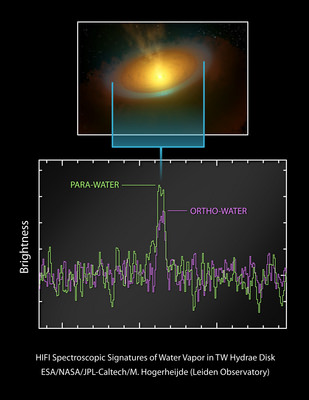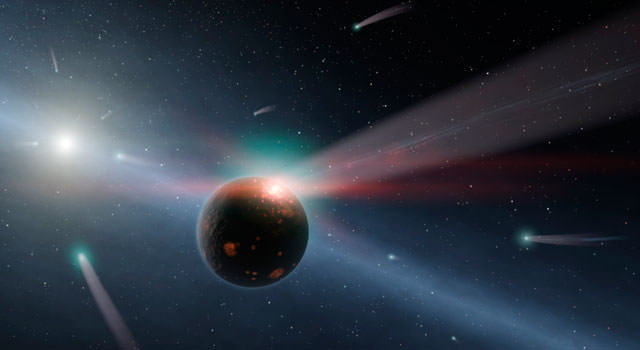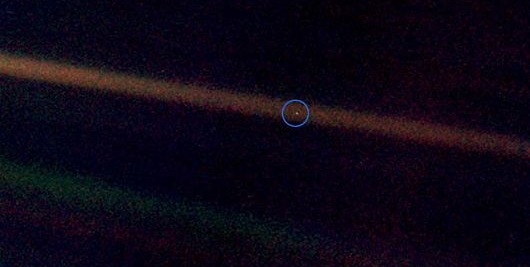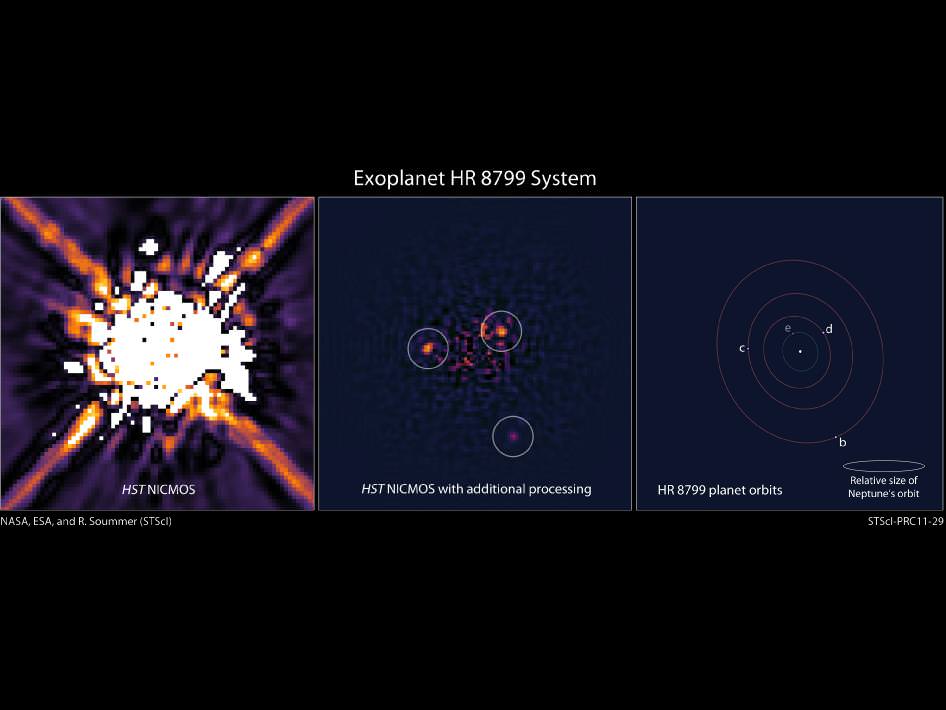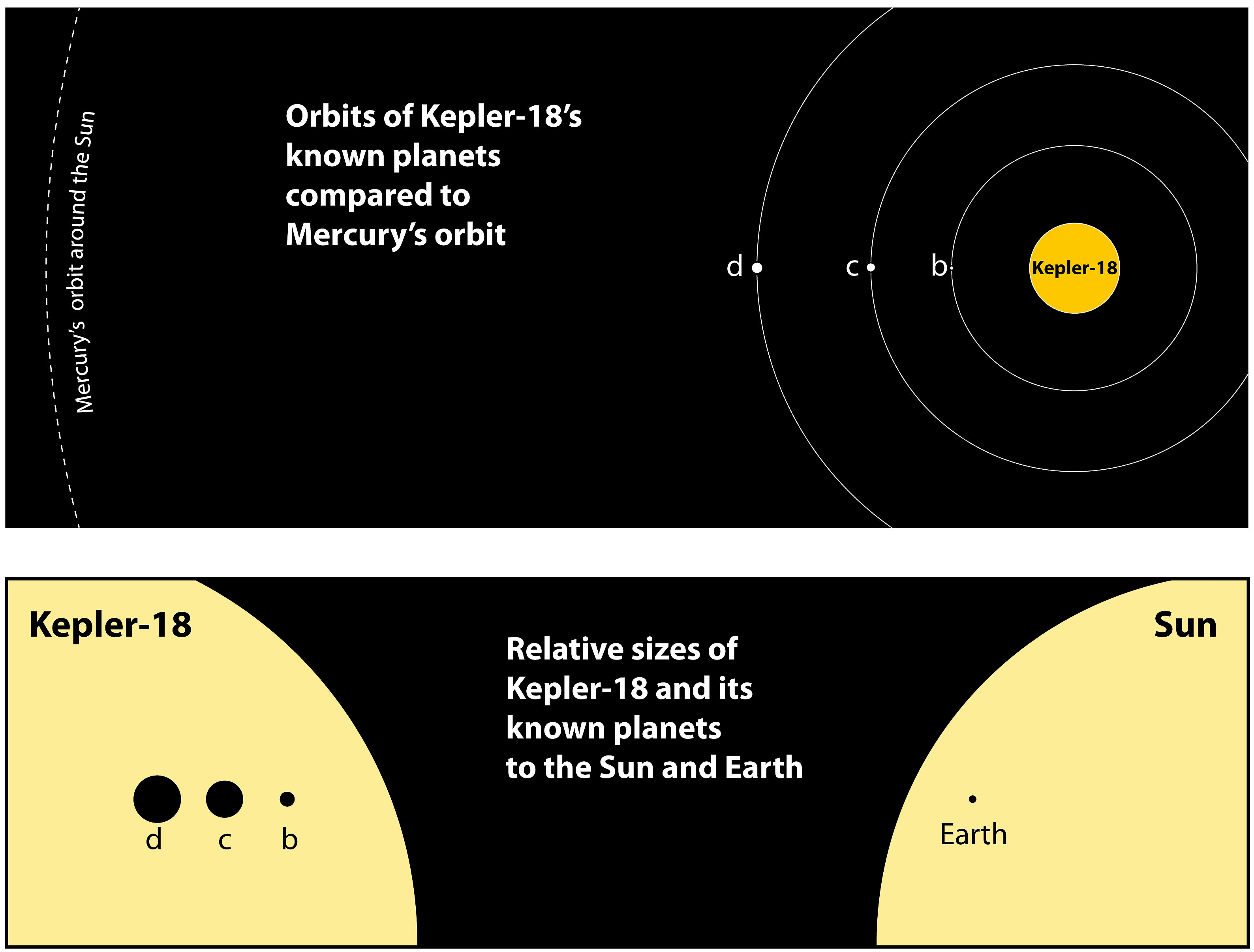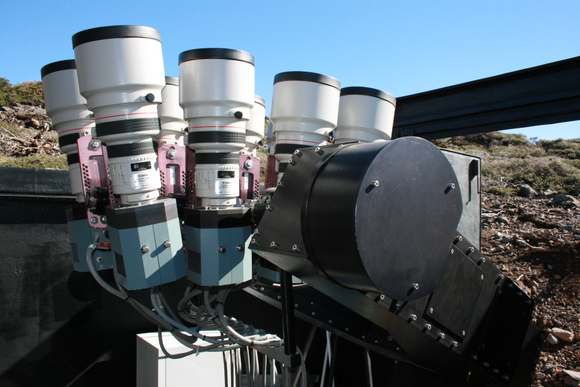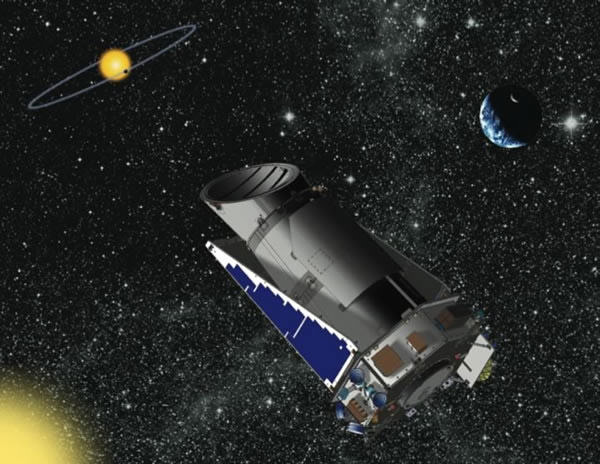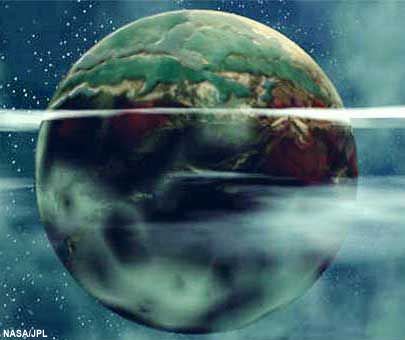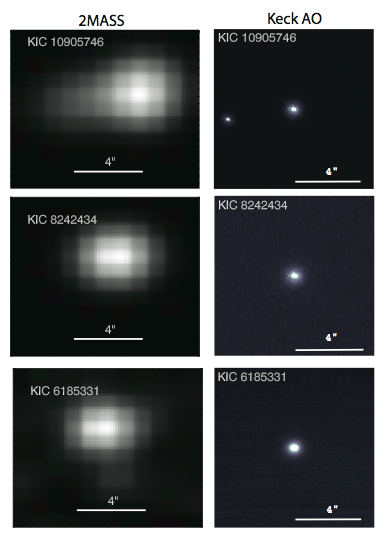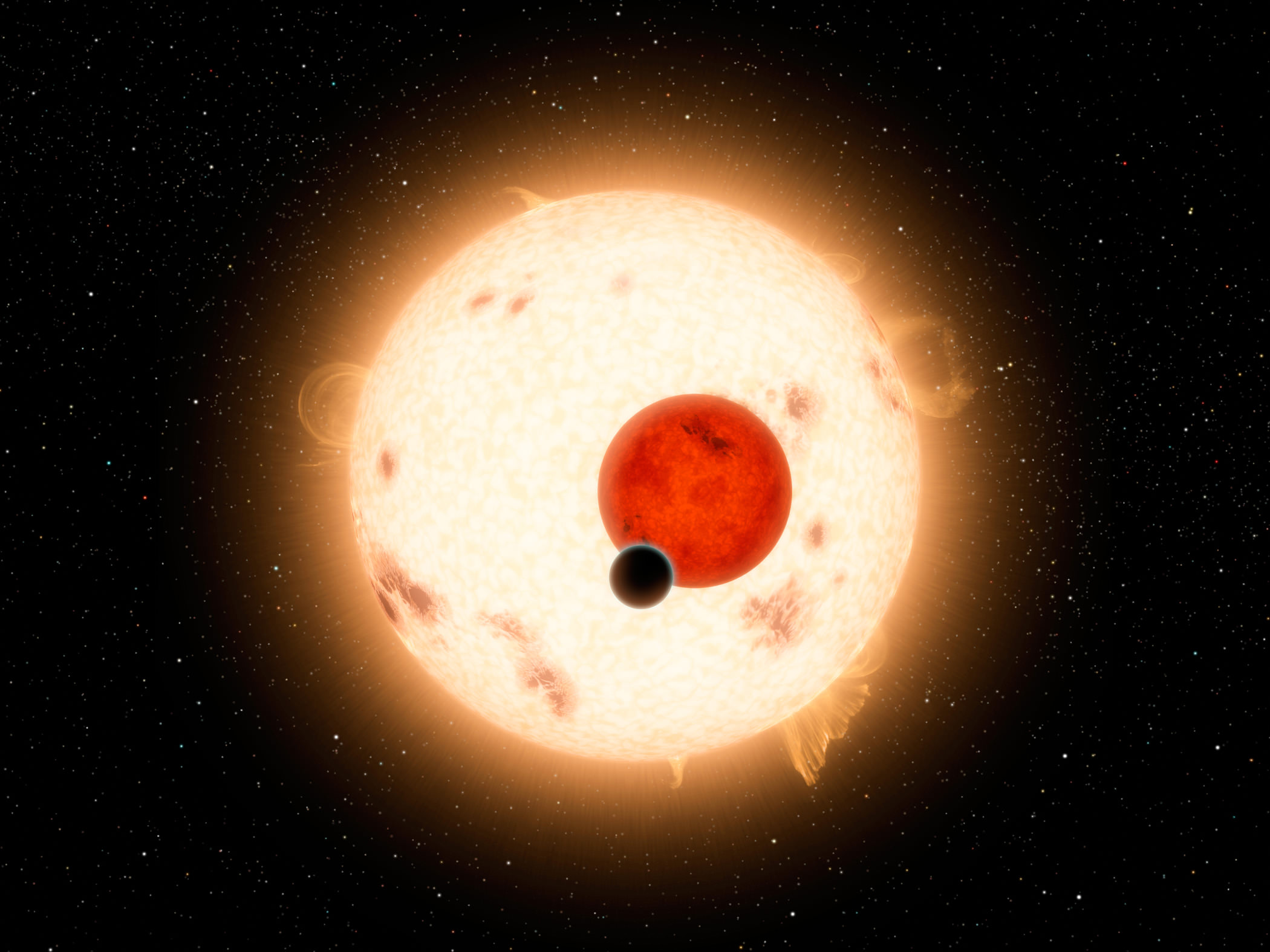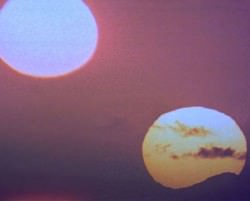[/caption]
Planetary scientists have not been able to agree that a turbulent period in our solar system’s history called the Late Heavy Bombardment actually occurred. But now, using observations from the Spitzer Space Telescope, scientists have detected activity resembling a similar type of event where icy bodies from the outer solar system are possibly pummeling rocky worlds closer to the star. This is the first time such activity has been seen in another planetary system.
“Where the comets are hitting the rocky bodies is in the habitable zone around this star, so not only are life-forming materials possibly being delivered to rocky worlds, but also in the right place for life as we know it to grow,” said Carey Lisse, senior research scientist at the Johns Hopkins University Applied Physics Laboratory. “This is similar to what happened to our own solar system during the Late Heavy Bombardment.”
Lisse spoke to journalists in a conference call from the Signposts of Planets meeting taking place at Goddard Space Flight Center this week.
Spitzer observations showed a band of dust around the nearby, naked-eye-visible star called Eta Corvi, located in the constellation Corvus in northern sky. Within the band of warm dust, Spitzer’s infrared detectors saw the chemical fingerprints of water ice, organics and rock, which strongly matches the contents of an obliterated giant comet, suggesting a collision took place between a planet and one or more comets. Also detected was evidence for flash-frozen rocks, nanodiamonds and amorphous silica.
This dust is located 3 AU away from Eta Corvi, which is the “habitable zone” around that star, and is close enough to the star that Earth-like worlds could exist. Lisse said although it hasn’t been confirmed, researchers think there is a Neptune-like world and at least two other planets in this system. A bright, icy Kuiper Belt-like region located 3-4 times farther out than our own Kuiper Belt was discovered around Eta Corvi in 2005.
“This is very possibly a planet-rich system,” Lisse said.
The light signature emitted by the dust around Eta Corvi also resembles meteorites found on Earth. “We see a match between dust around Eta Corvi and the Almahata Sitta meteorites, which fell to Earth in Sudan in 2008,” Llisse said. “We can argue that the material around Eta Covi is rich in carbon and water, things that help life grow on Earth.”
The Eta Corvi system is approximately one billion years old, which the research team considers about the right age for such a bombardment.
No asteroidal dust was found in the disk around Eta Corvi.
“Asteroidal dust would look like it had been heated, and chemically and physically altered, and most of the water and carbon would be gone,” Lisse said. “This dust is very rich in water and carbon and the rocky components are very primitive and un-altered.”
Most planetary formation theories can’t account for such an intense period of bombardment in our own solar system so late in its history, but the Nice Model proposed in 2005 suggests the Late Heavy Bombardment was triggered when the giant planets in our solar system— which formed in a more compact configuration – rapidly migrated away from each other (and their orbital separations all increased), and a disk of small asteroids and comets that lay outside the orbits of the planets was destabilized, causing a sudden massive delivery of asteroids and comets to the inner solar system. The barrage scarred the Moon and produced large amounts of dust.
“We can see the process of this happening at Eta Corvi and can learn more about our own solar system, since we can’t go back in time,” Lisse said. “It’s very possible that the rain of comets and Kuiper Belt Objects brought life to Earth.”
Lisse and his team are not sure if one big comet or lots of smaller comets are pummeling the inner solar system. “It is probably many bodies, but we only see the effects of the largest ones,” he said.
Could this be an indication that a Late Heavy Bombardment happens in many solar systems? “It’s not clear whether this is an atypical system, but we do know of one other possible system where it could be happening,” Lisse said in response to the question posed by Universe Today. “I think this is a rare event, which might mean that life is rare if you need a Late Heavy Bombardment for life to happen.”
Lisse said the reason they studied this star was the earlier detection of the Kuiper Belt-like region around Eta Corvi. “We knew it was an exceptional system from previous infrared sky surveys and the large bright Kuiper Belt was just the tip of the iceberg,” Lisse said. “This system was shouting, ‘I’m something extraordinary, come figure out my mystery!”
Paper: Spitzer Evidence for a Late Heavy Bombardment and the Formation of Urelites in Eta Corvi at ~1 Gyr
Source: Signposts of Planets conference call, JPL Press release

